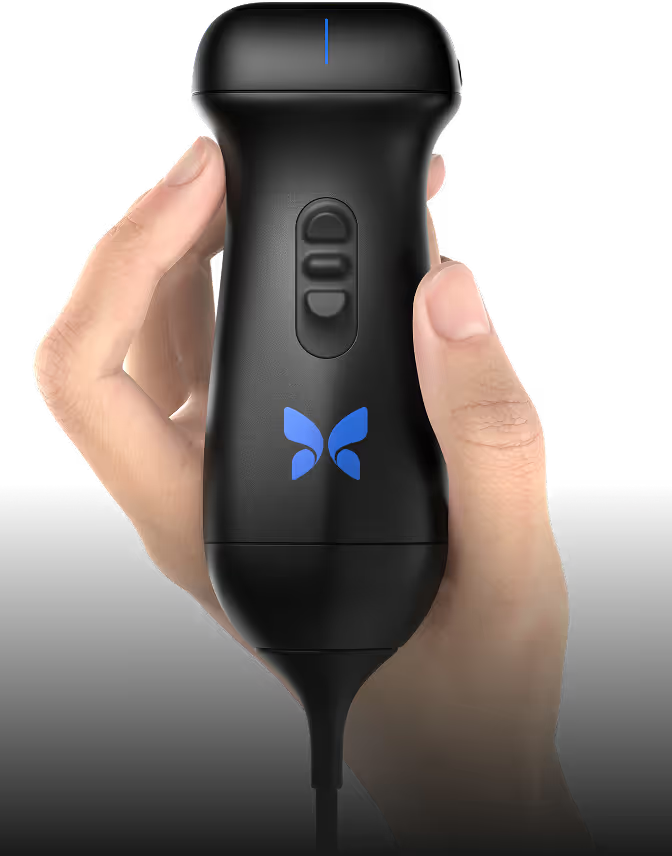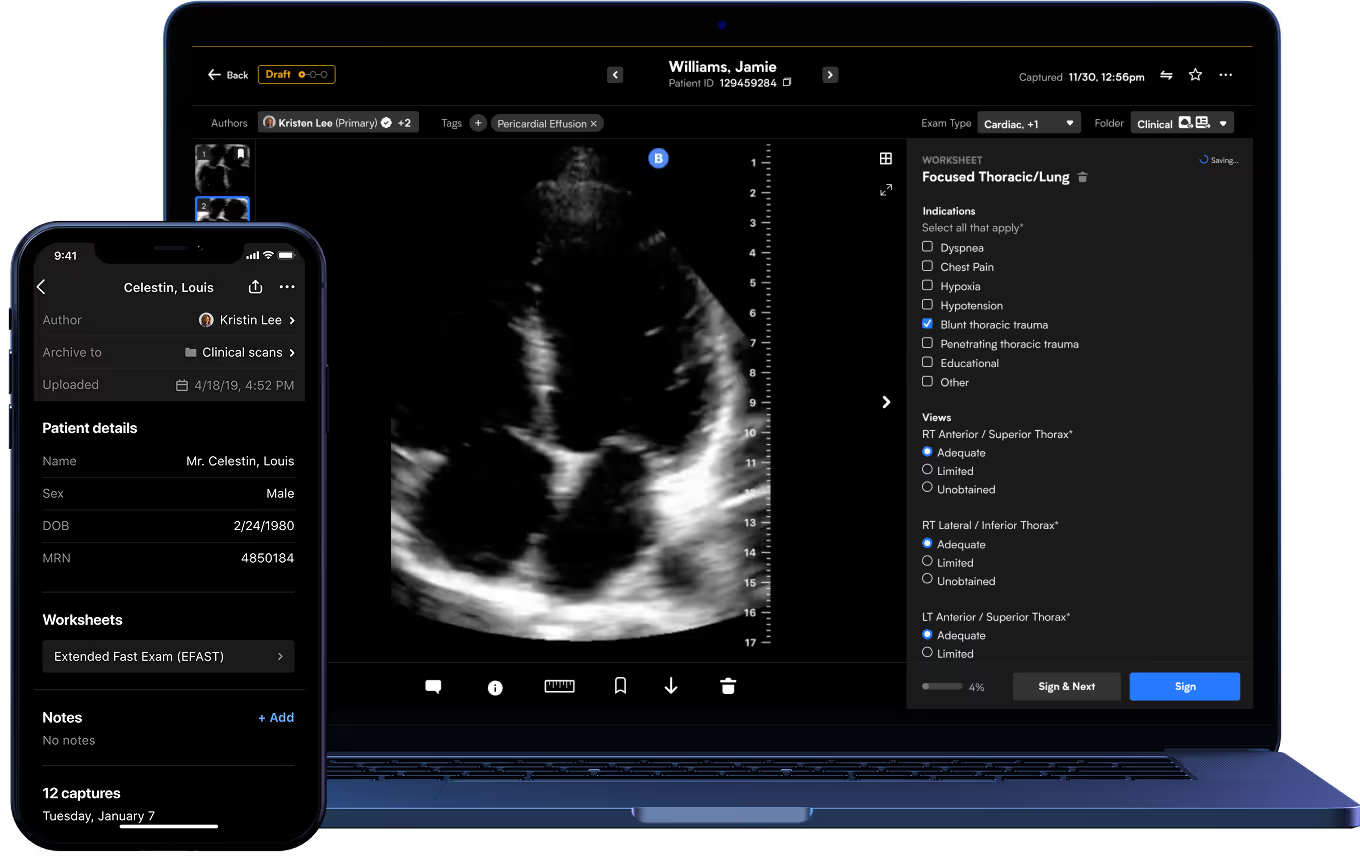
Renal Ultrasound.
An introduction to renal point-of-care ultrasound (POCUS).

About this course
Genitourinary ultrasound includes the evaluation of the bladder and the kidneys. While there are many potential applications of renal ultrasound in the emergency department, the most common indication for point-of-care renal ultrasound is the evaluation for hydronephrosis, which can be an indicator of urolithiasis in the setting of suspected renal colic.
Key concepts
- Advantages of ultrasound over CT in the evaluation of genitourinary pathology include shorter length of stay, lower cost, and an improved safety profile
- A recent systematic review and meta-analysis of 9 studies and 1,773 patients found that emergency provider performed ultrasound has a sensitivity of 70.2% and a specificity of 75.4% and a positive likelihood ratio of 2.85 and a negative likelihood ratio 0.39 for hydronephrosis indicating urolithiasis.
- That same study did a subgroup analysis on 2 of the 9 studies that looked specifically at moderate hydronephrosis as a predictor of urolithiasis and found that in that population, POCUS had a specificity of 94.4%.


Delivers high-quality, whole-body imaging with a single, portable probe.
Butterfly iQ3 boots up in seconds and fits in your pocket. No switching probes. No waiting on a cart. Just sharp, reliable images — from triage to trauma to cardiac arrest.
Explore iQ3


Teaching for perioperative assessment
Acquire images with real-time feedback from quality indicators, identify and locate anatomy easily and accurately with anatomical labeling, and position and orient your Butterfly probe with the help of detailed walkthrough instructions and reference imagery.
Explore Butterfly ScanLab


Compass AI, our integrated software platform, helps your department streamline workflows and remove friction from documentation.
It connects to your EHR, and makes it easier for every scan — from Butterfly and other probes, regardless of the machine brand — to be saved, billed for, and QA’d.
Explore Compass AI
The information herein is not a substitute for professional clinician training and experience and may not include all possible patient to patient variations. Clinicians are solely responsible for patient care and for exercising their independent clinical judgment at all times.